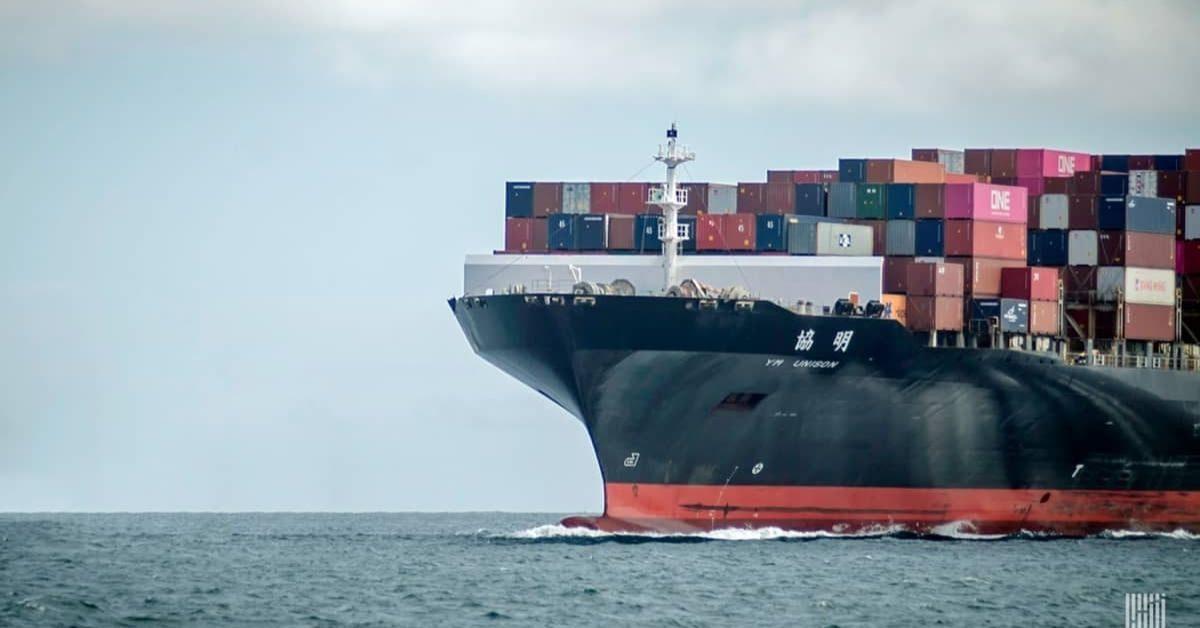Maritime transport accounts for 95 per cent of India’s trade (by volume) and the government plans to increase the port’s capacity to 10,000 MTPA by 2047, but there is hardly any focus on increasing the Indian tonnage. The number of ships under the Indian flag of registration is quite low with the Indian cargo being carried by more foreign flag vessels. Further, two companies — Shipping Corporation of India Ltd (SCI) and The Great Eastern Shipping Company Ltd — together contribute around 45 per cent of the total industry tonnage and can be considered as representative of the Indian shipping industry.
The fleet size of the Indian shipping sector has aggregated to 20.54 million deadweight tonnage (dwt) with a fleet of 1,520 ships (as on December 31, 2022). India is ranked 18th with respect to flag of registration by dwt, and 19th by carrying capacity in dwt and accounts for about 1.3 per cent of the total global dwt. This is a miniscule number considering that India’s global trade is inching towards $2 trillion with a robust desi shipping fleet missing in the country.
According to a CARE Ratings report, India’s shipping fleet is primarily dominated by crude and product tankers at 57 per cent; dry bulk carriers at 16 per cent and container at 5 per cent.
Jagannarayan Padmanabhan, Senior Director and Global Head for Transport Logistics and Mobility, Crisil, says multiple factors have plagued the Indian shipping industry, with many of it being structural in nature.
“We are not able to have a robust shipbuilding industry due low labour productivity, high cost of capital, higher costs due to lack of scale and availability of parts,” Padmanabhan added.
But, Indian companies have not invested in owning a fleet. The variability in the charter rates and unavailability of an active ship financing market has kept the growth of India’s fleet size subdued. The tax advantage offered by neighbouring markets like Singapore have attracted Indian companies to build assets under the Singapore flag. Availability of crew is also easier due to a more advantageous tax regime for Singapore flag vessels vis-a-vis Indian flag vessels, inducing Indian companies to purchase ships under Singapore flag.
More private players are not investing in ships due to an underdeveloped ship financing market and shipbuilding ecosystem; volatility in charter rates and unattractive taxation regime, he said. According to Pushpank Kaushik, CEO of Jassper Shipping, it is important for regulators, stakeholders and industry players to strike a balance between encouraging healthy competition and fostering industry growth while avoiding the potential drawbacks of excessive dominance. The government must also encourage Indian companies to invest and become a maritime-dominant country. They can take inspiration from countries like Vietnam and Greece on how to provide financial support to MSMEs and let them grow into global maritime players, he said.








